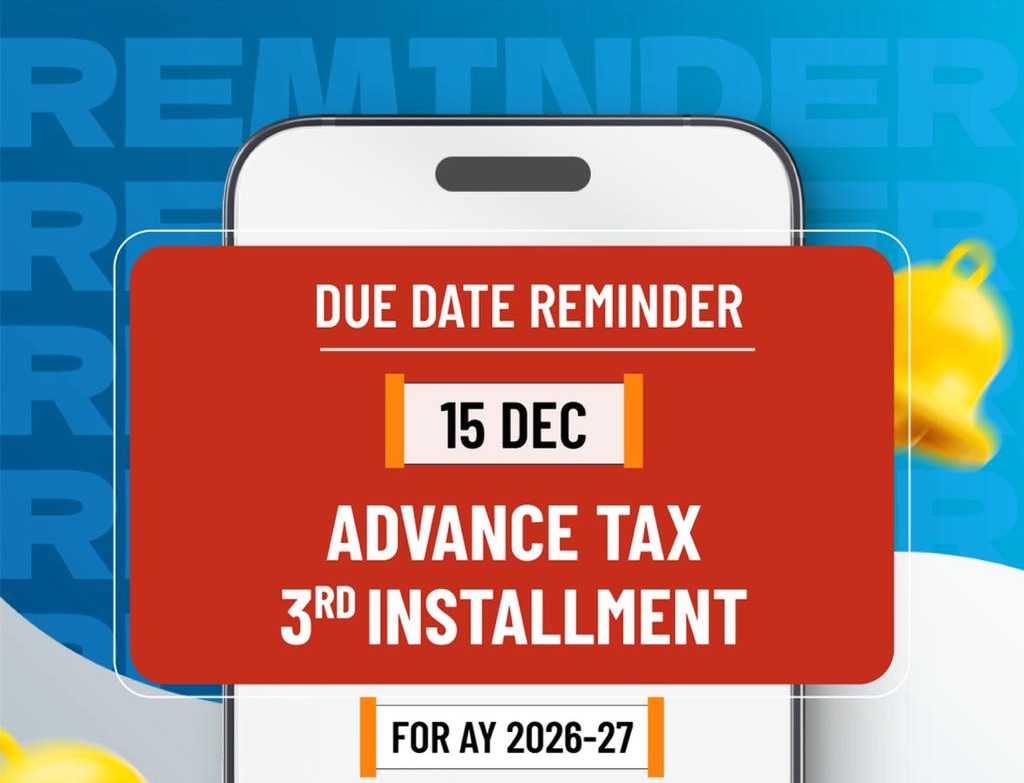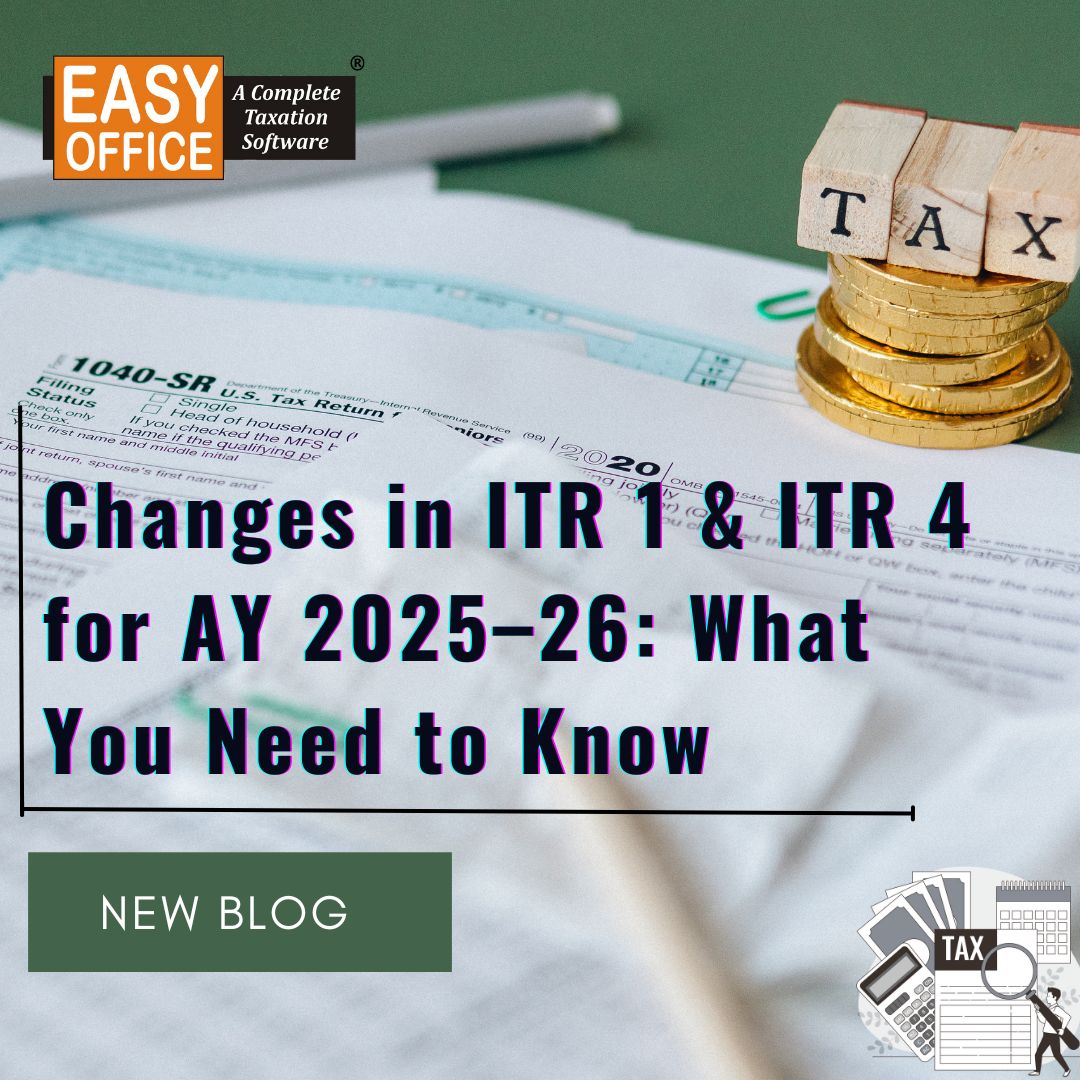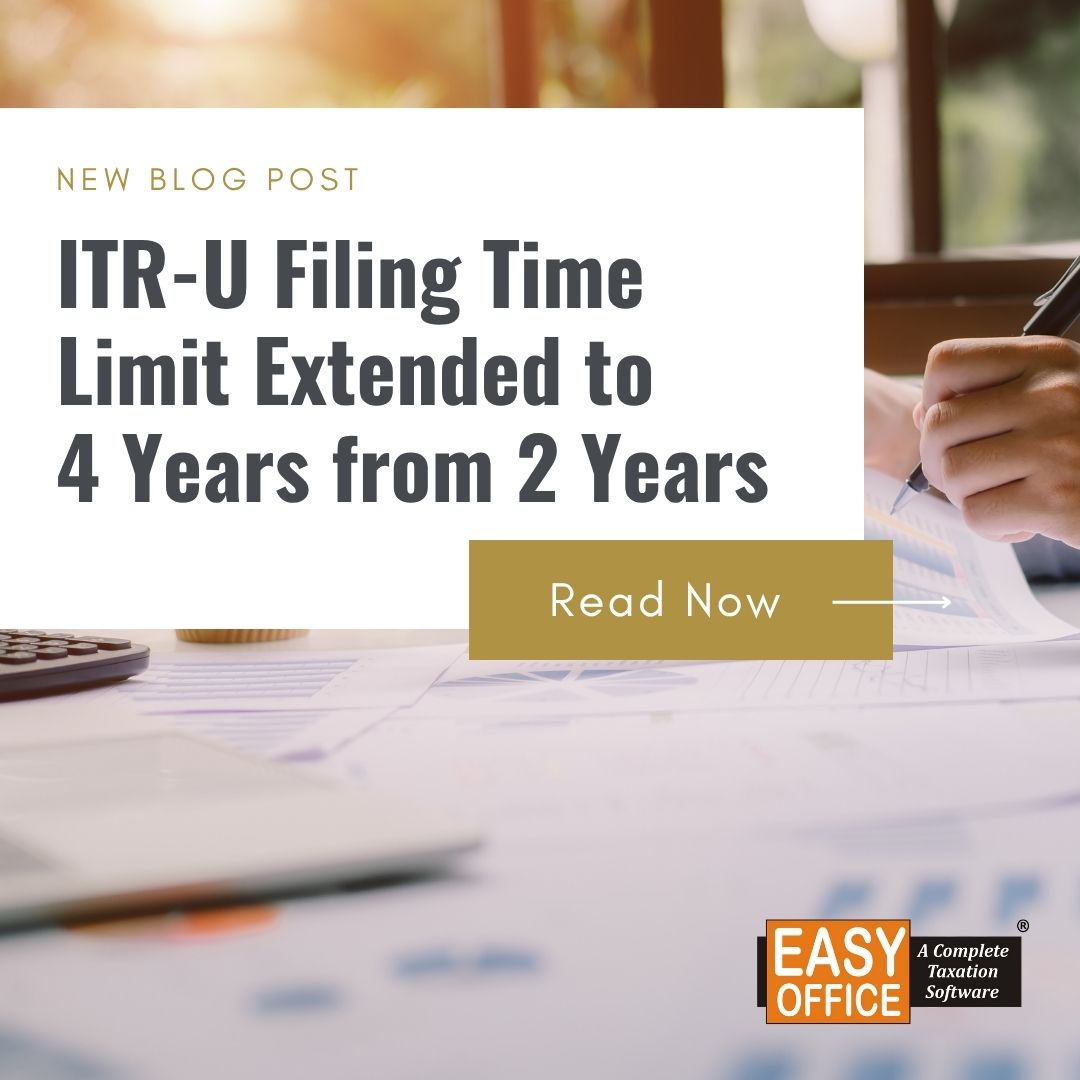
Old Tax Regime vs New Tax Regime: Which Is Better?
Budget 2023 has brought a lot of confusion among taxpayers as to which tax regime to follow for paying their income tax. The choice between the old and new regime is open to all but the motto of the Indian government was to levy the new tax regime automatically, unless someone specifically chooses to follow the old regime.
| Interim Budget 2024 Updates: No changes were made in taxation for F.Y. 2024-25 |
To lighten up your confusion a little, we have brought this article for you. Here we will discuss all the aspects of the old tax regime vs the new tax regime, to help you make informed and correct financial decisions.
What is the New Tax Regime?
The new tax regime presents a streamlined tax structure. While taxpayers under this regime experience lower tax obligations, they must forfeit the maximum deductions and exemptions available such as HRA, 80C, 80D. The new tax system features reduced tax rates compared to the old regime but removes the tax advantages associated with a variety of investments and expenses.
The government in Budget 2023, implemented a few significant changes aimed at attracting taxpayers to opt for new tax regime which are mentioned below. These alterations persist into the F.Y. 2024-2025 (A.Y. 2025-26), as no modifications were introduced in the Interim Budget for 2024.
Default Tax Regime- From A.Y. 2024-25, the new tax regime is set as the default tax regime and one has to inform the Employer if wish to continue in old tax regime.
Simplified Slab Rates- From A.Y. 2024-25, Basic exemption limit has been increased to Rs 3 lakh from Rs 2.5 lakh and income exceeding Rs 15 lakh will be levied at highest tax rate of 30%.
The tax slab under the new regime for A.Y. 2024-25 onwards is as follows.
| Total Income | Rate of Income Tax |
| Upto Rs. 3,00,000 | Nil |
| From Rs. 3,00,001 to Rs. 6,00,000 | 5% |
| From Rs. 6,00,001 to Rs.9,00,000 | 10% |
| From Rs. 9,00,001 to Rs. 12,00,000 | 15% |
| From Rs. 12,00,001 to Rs. 15,00,000 | 20% |
| Above Rs. 15,00,000 | 30% |
Increased Tax Rebate Limit -From A.Y. 2024-25, Rebate u/s 87A has been increased to Rs. 7 Lakh from Rs. 5 Lakh for new tax regime. Now, Assessee having income upto Rs. 7 Lakh can avail the benefit of rebate upto Rs. 25000.
Surcharge -From A.Y. 2024-25, the surcharge rate for income exceeding five crores has been decreased from 37% to 25%. Consequently, this adjustment lowers their effective tax rate from 42.74% to 39%.
Standard Deduction and Family Pension Deduction:
Standard Deduction- The Standard deduction of Rs. 50,000 in case of salaried Assessee was only available for old tax regime, has now been extended to the new tax regime as well.
Family pension- Individuals receiving family pension are eligible to claim a deduction of either ₹15,000 or 1/3 of the pension amount, whichever is lower.
Higher Leave Encashment - The exemption limit for leave encashment for non-government employees has been elevated from Rs. 3 lakhs to Rs. 25 lakhs.
What is the Old Tax Regime?
The current tax system, referred to as the old tax regime, enables taxpayers to avail themselves of different deductions and exemptions outlined in various sections of the Income Tax Act. Although it imposes a higher tax rate, it grants taxpayers the opportunity to claim tax advantages related to diverse investments and expenditures.
The tax slab applicable under the old tax regime is given below.
For Individuals Less Than 60 Years of Age During Anytime of Previous Year (Residents and Non-Residents) and HUF
| Income Tax Slab | Rate of Income Tax |
| Up to Rs. 250,000 | Nil |
| Rs. 250,001 to Rs. 500,000 | 5% above Rs. 250,000 |
| Rs. 500,001 to Rs. 10,00,000 | Rs. 12,500 + 20% above Rs. 500,000 |
| Above Rs. 10,00,000 | Rs. 112,500 + 30% above Rs. 10,00,000 |
For Resident Individuals of 60 Years or More But Less Than 80 Years of Age During Anytime of Previous Year
| Income Tax Slab | Rate of Income Tax |
| Up to Rs. 300,000 | Nil |
| Rs. 300,001 to Rs. 500,000 | 5% above Rs. 300,000 |
| Rs. 500,001 to Rs. 10,00,000 | Rs. 10,000 + 20% above Rs. 5,00,000 |
| Above Rs. 10,00,000 | Rs. 110,000 + 30% above Rs. 10,00,000 |
For Resident Individuals of 80 Years of Age or More During Anytime of Previous Year
| Income Tax Slab | Rate of Income Tax |
| Up to Rs. 500,000 | Nil |
| Rs. 500,001 to Rs. 10,00,000 | 20% above Rs. 500,000 |
| Above Rs. 10,00,000 | Rs. 100,000 + 30% above Rs. 10,00,000 |
Comparison Between Old and New Tax Regime
To understand the difference between old and new tax regimes in a clear way, here is a comparative tax rate table and an example to follow.
- Comparative Tax Rates for A.Y. 2024-25 (F.Y. 2023-24)
| Total Income | Rate of Income Tax (A.Y. 2024-25) | |
| Old Tax Regime | New Tax Regime | |
| Upto Rs. 2,50,000 | Nil | Nil |
| From Rs. 2,50,001 to Rs. 3,00,000 | 5% | Nil |
| From Rs. 3,00,001 to Rs. 5,00,000 | 5% | 5% |
| From Rs. 5,00,001 to Rs. 6,00,000 | 20% | 5% |
| From Rs. 6,00,001 to Rs.9,00,000 | 20% | 10% |
| From Rs. 9,00,001 to Rs. 10,00,000 | 20% | 15% |
| From Rs. 10,00,001 to Rs. 12,00,000 | 30% | 15% |
| From Rs. 12,00,001 to Rs. 15,00,000 | 30% | 20% |
| Above Rs. 15,00,000 | 30% | 30% |
- Example:
Suppose, Raj has an annual income of Rs. 800,000. Hence, the calculator for tax to be paid by him as per both regime is done below.
| Particulars | Tax under Old Regime (In Rs.) | Tax under New Regime (AY 2024-25 onwards) (In Rs.) |
| Salary | 8,00,000 | 8,00,000 |
| Less: Standard Deduction | (50,000) | (50,000) |
| Gross Total Income | 7,50,000 | 7,50,000 |
| Less: Chapter VIA Deduction (80C) | 1,50,000 | Not Allowed |
| Total Taxable Income | 6,00,000 | 7,50,000 |
| Total Tax | (0%*2,50,000) + (5%*2,50,000) + (20%*1,00,000) | (0%*3,00,000) + (5%*3,00,000) + (10%*1,50,000) |
| 32,500 | 30,000 | |
| Cess @4% | 1,300 | 1,200 |
| Total Tax Inclusive Of Cess | 33,800 | 31,200 |
Which is Better: Old Tax Regime or New Tax Regime?
The option to choose between new tax regime vs old one is quite confusing. The 2023 budget proposes raising the tax credit (Section 87A) for taxpayers who switch to a new tax system. Those who previously paid no income tax on incomes up to Rs. 5 lakhs would now pay no tax on earnings up to Rs. 7 lakh.
Furthermore, the new tax structure provides a basic deduction of Rs. 50,000 for salaried persons. Salaried persons would not have to pay taxes on income up to Rs. 7.5 lakhs per year due to these new tax regime deductions, changes in income tax slabs, and adjustments. In this instance, choosing the new tax system is simple and a clear choice.
However, if your qualified deductions and exemptions under the old tax regime are more than tax benefits you receive in new regime, then you should continue with it. If tax benefits exceeds your entire allowable deductions and exemptions, the new tax regime may be more beneficial to you.
Final Words
The choice of an old tax regime vs new tax regime mainly depends on the financial goals and preferences of an individual. Both the tax regimes have benefits and limitations but the main goal of every taxpayer is Tax saving.
Hence, to help you make your tax decisions, use the EasyOffice taxation software. This software can give you a detailed insight into both tax regimes and which will be a better option for you.
Frequently Asked Questions
1. Which tax regime should I choose if my income is Rs. 10 lakhs?
If you have different tax-saving investments then choosing the old regime will be beneficial if your income is Rs. 10 lakhs.
2. Can I switch between the new and old regime of taxation?
Yes, taxpayers can choose between the old and new tax regimes when filing their tax returns each year. However, if you choose the new tax system for a year, you will be unable to claim any tax benefits available under the previous tax regime.
3. Am I eligible to claim deductions on investment under both tax regimes?
No. Only if you are using the old tax regime, can you claim deductions and exemptions on investment while calculating your tax amount.














